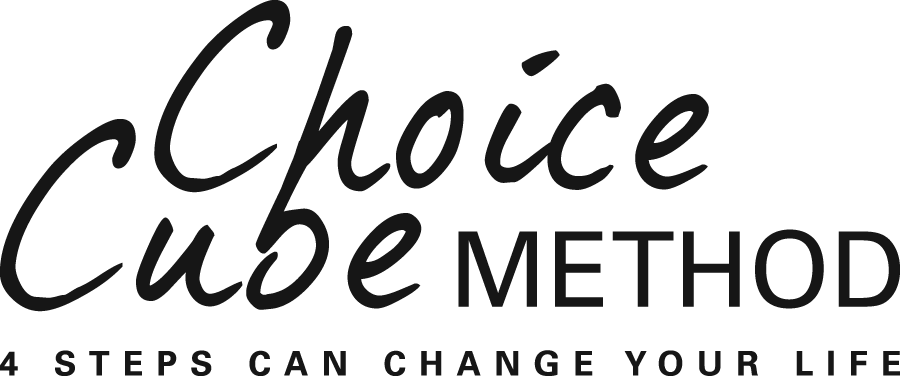Where Are You Right Now- Shadow or Light?
/Shadow Do you remember what happened to you the last time you felt unsafe or threatened—when you  went into shadow? Did you catch yourself feeling defensive, self-protective? Did you act like a victim or did you become aggressive and act more like a victimizer?
went into shadow? Did you catch yourself feeling defensive, self-protective? Did you act like a victim or did you become aggressive and act more like a victimizer?
Becoming defensive—going into the shadows--when feeling threatened is normal. That’s just part of life. Problems start, however, when we automatically repeat the same thoughts, feelings and behaviors in similar situations.
Taylor, an attractive twenty-something knew she was hurting her marriage by becoming defensive when her husband, Tom, asked her almost any simple question. Tom warned her that her unwillingness to discuss problems and make changes was undermining and hurting them both. He even pointed out that her attitude was destroying his love for her. What was going on?
The Subconscious Mind Rules Shadow Taylor didn’t realize it, but she went into the shadow and became unreasonably defensive because of habit patterns stored in her sub-conscious mind. When activated by a question, they took over. Old ways of protecting herself, learned in the past, controlled her. Sometimes she would feel chaotic, sort of crazy. At other times she would get sullen and rigid. Either way, chaotic or rigid, she was unable to see the whole truth--the big picture. All she knew at the moment was that she wanted to avoid discomfort and pain and feel in control again.
Taylor had to learn the hard way that her automatic, mindless way of reacting was destructive. In fact, Tom had to leave her before she woke up.
What About You? You can tell whether you are in shadow or light by paying close attention to your body (stress), emotions, mind (thoughts and pictures in your mind), and your will/desires. These are your four inward reactions. NOTE: If one of your four inward reactions is shadow, they will all be shadow. And your behavior will be shadow also. If one of the four is light, they will all be light. And your behavior will be also.
Inward Reactions - In Shadow
- · Body in Shadow:We are tense, agitated,or collapsed.
- Emotions in Shadow: We are emotionally negative.
- · Mind in Shadow: We are mentally off-balance. Things seem all good or all bad. Or we are double minded, helplessly swinging back and forth between the two.
- Will In Shadow: We want to avoid or control people, situations, and problems in inappropriate ways that lead to impulsive and compulsive behaviors. Or we seem paralyzed--unable to act.
Going Into Shadow Is Part Of Life Going into the shadows is normal and healthy when there is a genuine threat to our safety and well-being or to the safety and well-being of those we love. Going into the shadows is maladaptive and hurtful if we: (1) go there because of an imagined threat or (2) go there and get stuck there.
In Shadow We Are "Split Off" From Ourselves When we are in shadow, our focus narrows to the person, thing, action, or problem that seems to threaten us. We are compelled to repeat thoughts, feelings, and behaviors that give us the illusion of safety (isolating, seeing ourselves as better than others, refusing to admit when we are wrong, feeling misunderstood, getting angry). When this happens, to some extent, we split off from ourselves, others, and from God. if we are believers.
Light Being in the light is meant to be our normal way of life. In the light, we are fully present. We see reality clearly, we have freedom of choice, and we have hope.
The Conscious Mind Rules Light In the light, we feel safe and at rest. Our creative, problem-solving conscious mind is in control. Instead of becoming inappropriately defensive, we stay open and curious. If we are believers, we feel rightly connected within ourselves, to others, and to God. Our primary concern is to get to the truth of difficult situations with compassion for ourselves and others. And we express the best of who we are -- who we were meant to be.
Inward Reactions In Light
- · Body in Light: Our body is relaxed, but alert
- · Emotions in Light: Our emotions are positive.
- Mind in Light: Our mind relects flexible and balanced thinking (we see both negative and positive sides of people and situations--the big picture) and freely choose what we focus on.
- Will In Light: Our actions are based on a clear picture of reality and a desire to resolve
the difficult issue in a win-win way.
Is Worth The Effort To Get To The Light? Yes, indeed! Getting to the light often requires effort, but being in the light is the way to integration and growth, emotional, physical health, and healthy relationships. Please take the Choice-Cube Method Self-Assessment Quiz / to find out whether you are more in shadow or in light.





